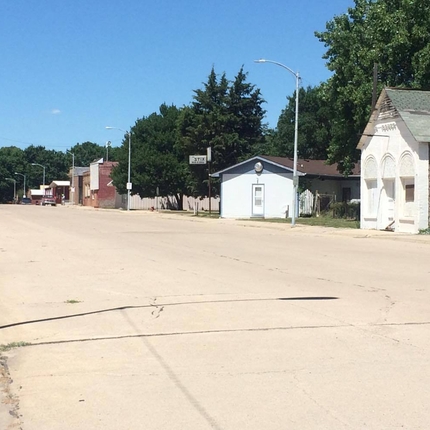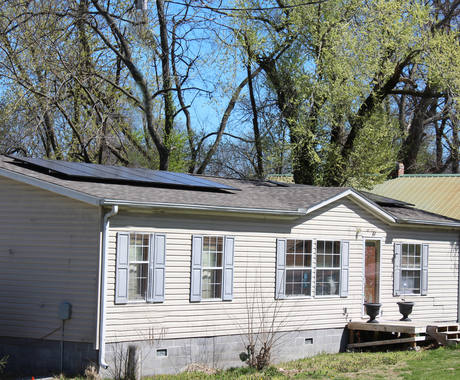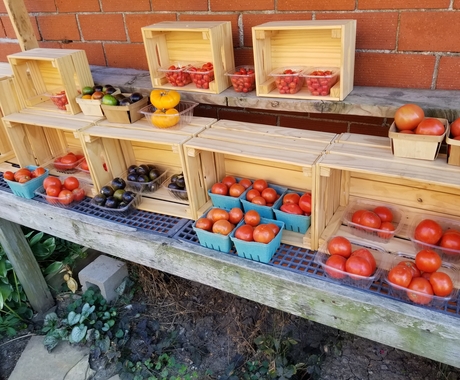By Jordan Rasmussen, former staff member
Over the years, U.S. Department of Agriculture Rural Development grants and loans have served as a lifeline for rural communities, providing critical funding for water and wastewater infrastructure, public and community buildings, and essential community service facilities. Yet the president’s proposed budget zeros out allocations for Rural Development, leaving small towns with few options and bleak prospects for continued growth.
Without Rural Development’s services, many small communities will have to put off infrastructure or facility projects. However, “the cost of doing nothing is as costly as the project itself,” said Terry Meier, community development specialist with JEO Consulting Group.
When necessary projects are left on the drawing board, the quality of life in a small town is impacted along with its economic prospects.
Rural Development’s loans, grants, and technical assistance help communities fill resource gaps and address quality of life challenges. Funding opportunities are primarily directed toward towns and villages with fewer than 20,000 residents.
“These programs are used to cost-share improvements so projects are more affordable to residents in rural areas,” Meier said. “Smaller communities have fewer people in which to spread the cost of the debt. Without these programs, it would be highly unlikely that rural and lower-income communities could build or modify their community center, develop trails, build parks, make costly infrastructure improvements in their downtown areas, or upgrade their aged municipal water or wastewater system.”
Meier recently worked with the village of Oakdale, Nebraska, to leverage USDA Rural Development funding to assist with a water improvement project. The Antelope County village of 322 residents received nearly half of the project cost from USDA. The village developed a new groundwater supply well, replaced water mains, and installed new water meters. With the completion of the upgrade, the community was able to address a significant water loss issue in addition to modernizing the water system. Ultimately, these repairs and upgrades will provide water and cost savings for residents.
For many communities like Oakdale, a project totaling more than a half million dollars would be out of reach through traditional funding sources.
“USDA Rural Development cannot compete against conventional financing,” Meier notes. “In order to apply for USDA assistance, the applicant must have been turned down by their fiscal agent or local bank for conventional financing at a reasonable rate.”
This means Rural Development funding is only targeted to communities that most need assistance.
Should the president’s budget eliminating Rural Development be passed, communities will have to assume greater debts, and will pass those along to residents. This will place a particularly heavy burden on rural communities with declining populations, lower-income residents, and fixed-income seniors. Property values would decline and infrastructure needs would be unfulfilled.
“Local government leaders will have to make difficult decisions about the priority needs of the community, while remaining fiscally responsible to their constituents,” said Meier.
Feature photo: The village of Oakdale, Nebraska, recently developed a new groundwater supply well, replaced water mains, and installed new water meters. USDA Rural Development funded nearly half of the project. | Photo by DeManda McGowen




